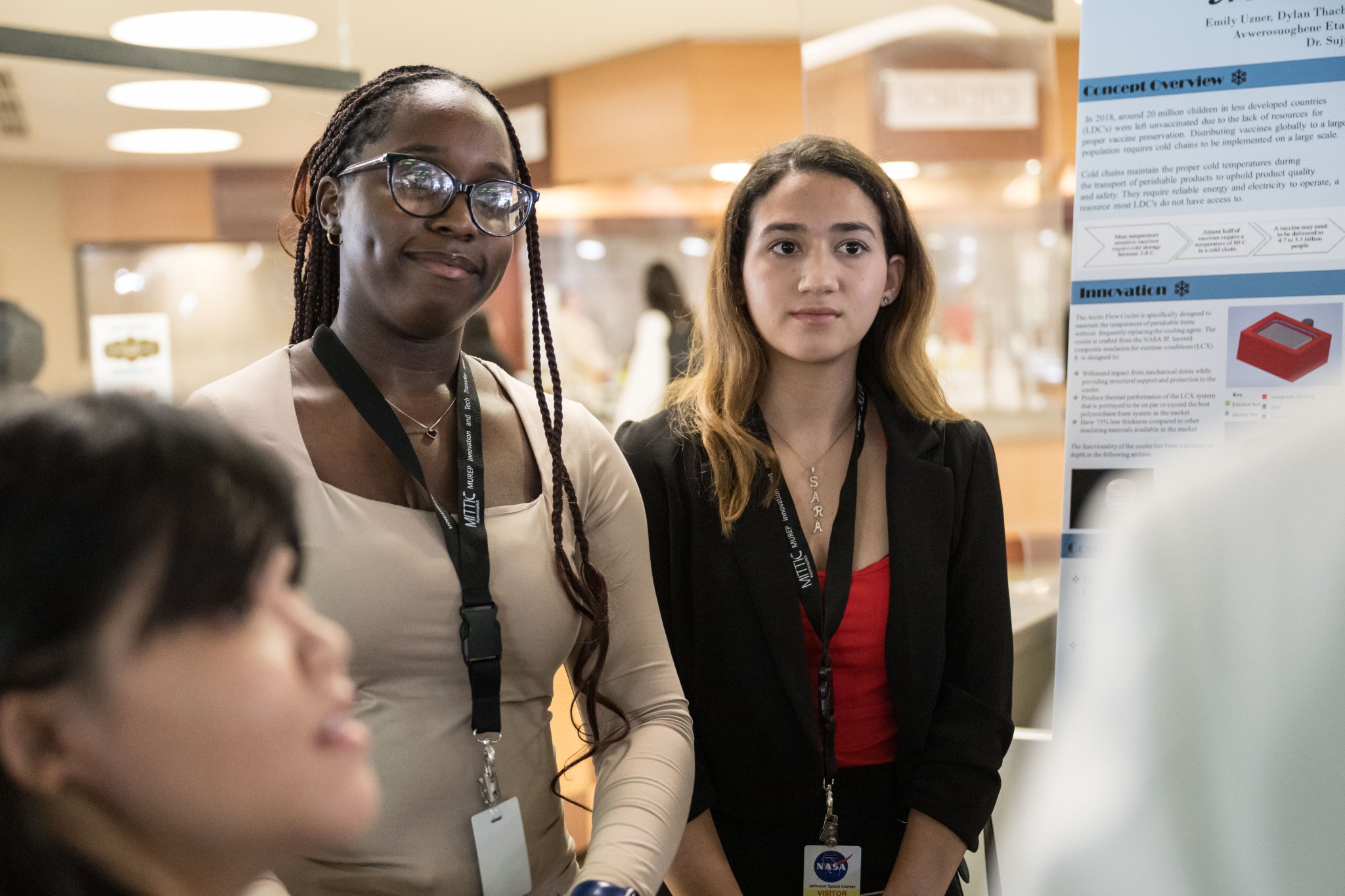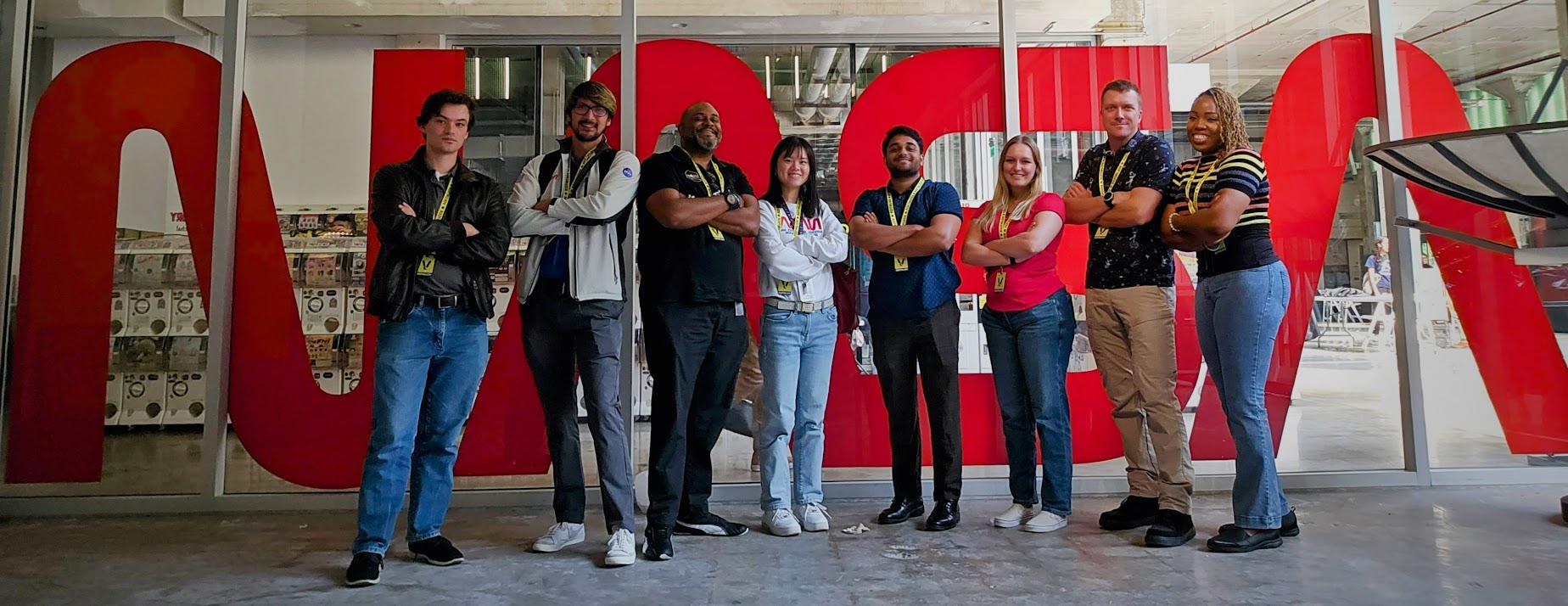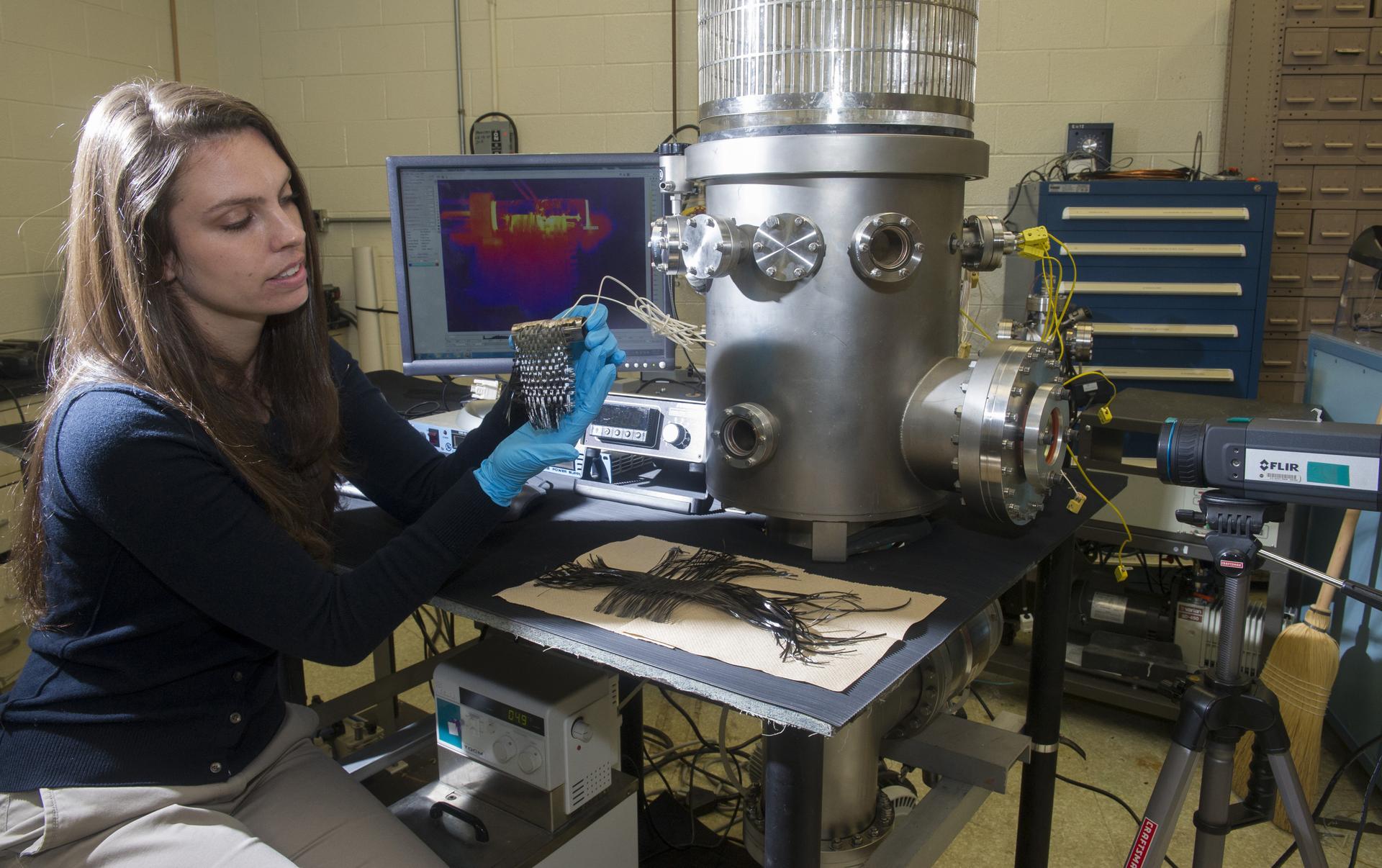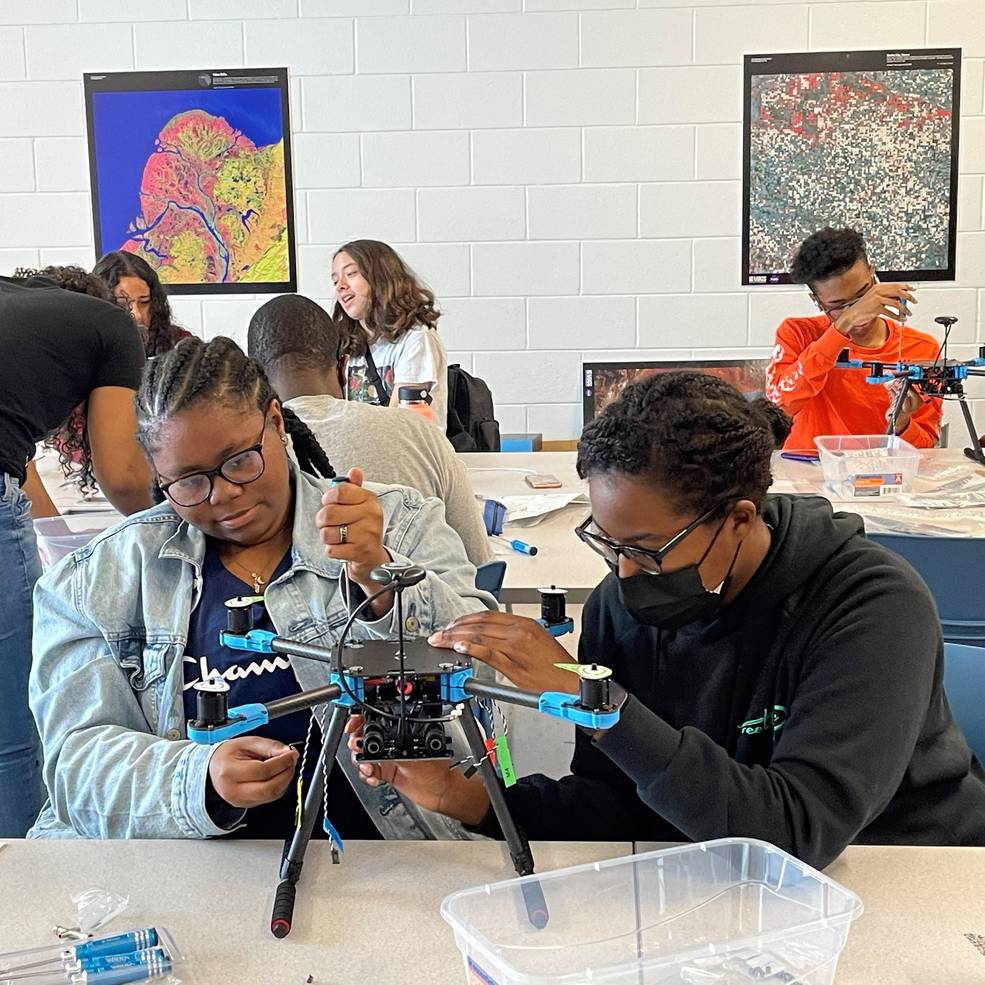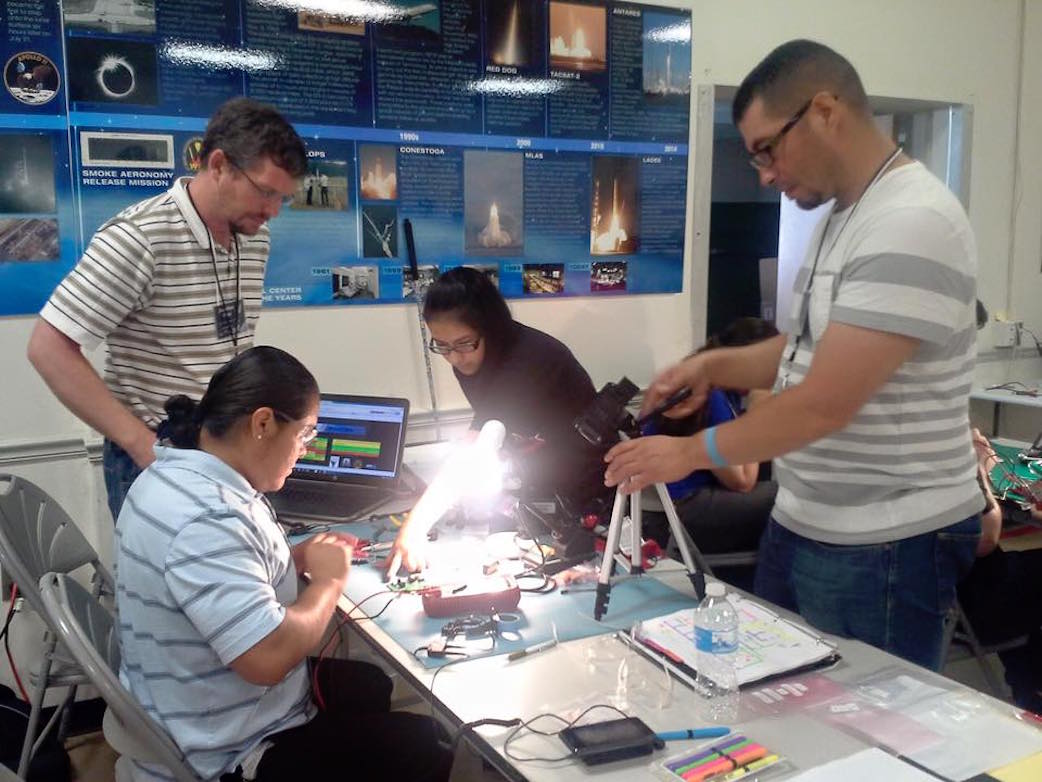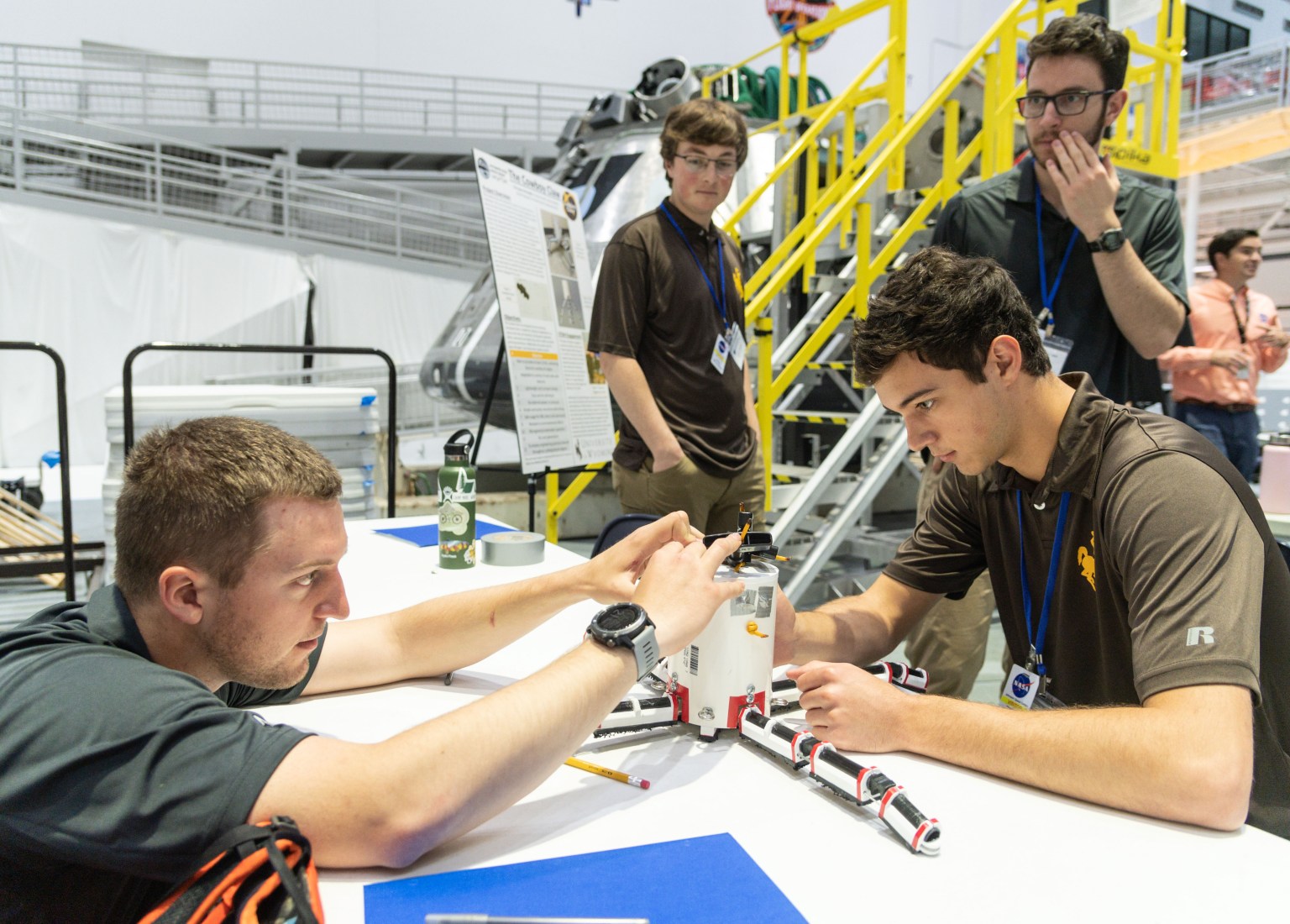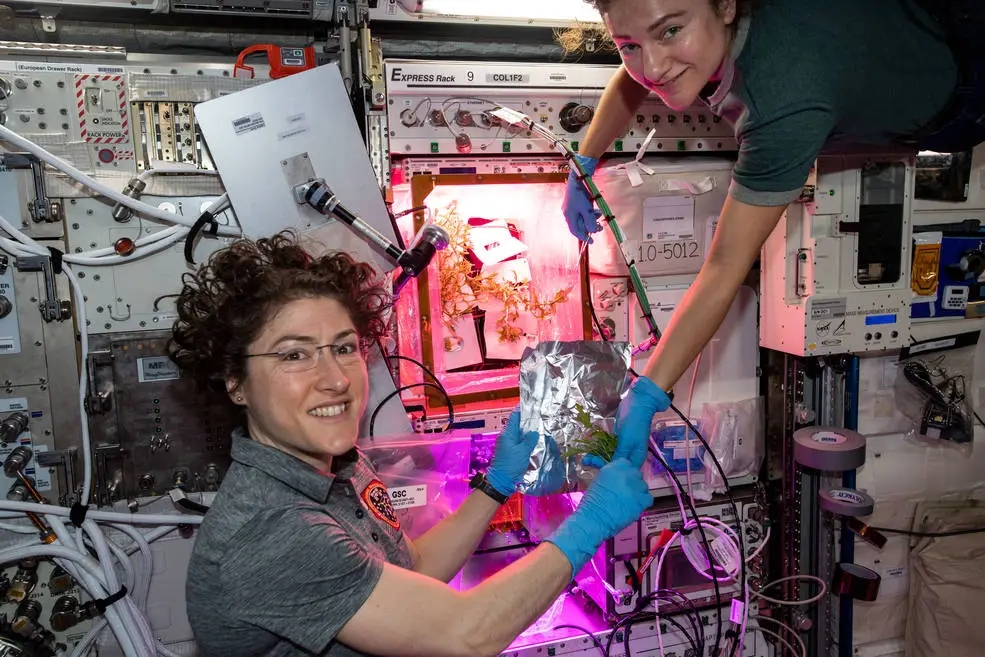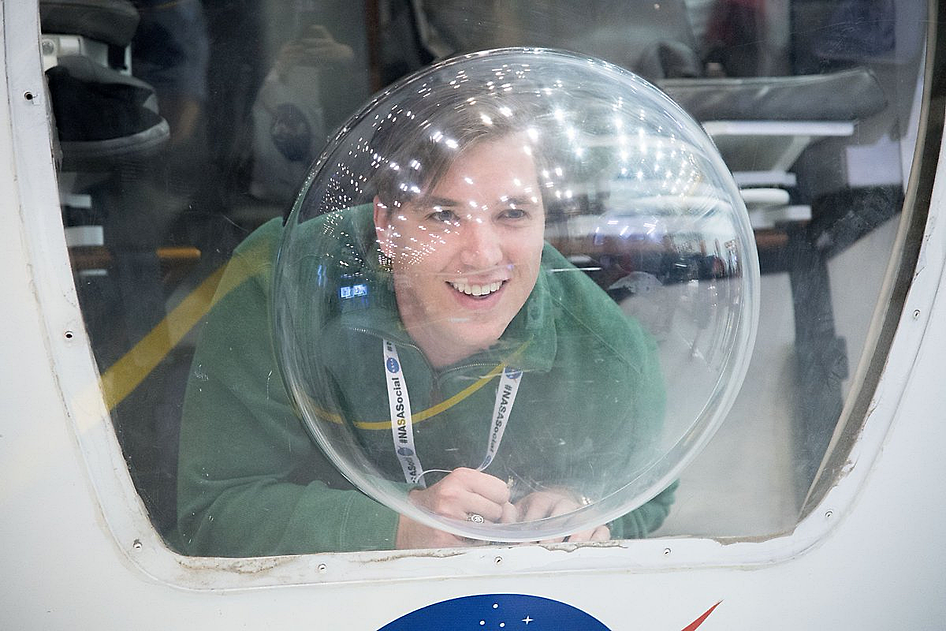NASA’s Minority University Research and Education Project
Utilize NASA unique opportunities and resources to engage students at Minority Serving Institutions (MSIs) through competitions, challenges, internships and fellowships.
NASA ORBIT
We’re excited to announce NASA ORBIT (Opportunities in Research, Business, Innovation, and Technology for the Workforce). NASA ORBIT is a new national challenge for MSI/HBCU and TCU students to solve tomorrow’s dilemmas—both in space, and here on Earth.
Have a big idea? NASA wants to hear it. There are two ways to compete:
● ORBIT Earth: Transform NASA patents into commercial products that solve terrestrial problems.
● ORBIT Space: Design next-generation systems for NASA’s Moon to Mars missions OR bridge both tracks for additional award opportunities with the optional Integration Bonus.
The prize pool is deep, with $380,000 in total award funding. Plus: mentorship from NASA experts, and an in-person showcase event and exclusive accelerator program for finalists.
Registration is open from Dec. 15, 2025-Feb. 9, 2026.
Learn more at: https://nasaorbit.org/
Internships
At NASA, we explore the extraordinary every day and our work is more than just a profession—it’s a lifelong pursuit and a passion. NASA offers several opportunities for students to undertake meaningful and challenging projects that truly make an impact on humanity.
Learn More About NASA Internships
Fellowships
The MUREP Fellowship Activity in partnership with The National GEM Consortium engages students at MSIs in graduate science technology, engineering, and mathematics (STEM).
MUREP Precollege Summer Institute
In support of the advancement of U.S. national workforce development and educational goals, the MUREP Precollege Summer Institute (PSI) seeks to inspire, equip, and support students as they transition from high school to college STEM degree programs and prepare them for STEM careers.
NASA Contact
MUREP PSI
NASA Glenn Research Center
21000 Brookpark Road
Mail Stop 164-1
Cleveland, OH 44135
Email: hq-murep@mail.nasa.gov
MUREP for American Indian and Alaska Native STEM Engagement
MAIANSE was established to expand NASA’s relationship with Tribal Colleges and Universities (TCUs) and other tribal-serving institutions and organizations. MAIANSE seeks to utilize unique STEM opportunities and experiences, supporting NASA’s missions, to advance the quality of the nation’s STEM education.
NASA Contact
MUREP for American Indian and Alaska Native STEM Engagement (MAIANSE)
NASA Glenn Research Center
21000 Brookpark Road Cleveland, OH 44135
Email: hq-murep@mail.nasa.gov
How to Find Funding Opportunities

Explore Engagement Opportunities in NASA STEM
The NASA Research Announcement titled “Engagement Opportunities in NASA STEM or EONS” solicits education and research opportunities in support of the NASA STEM projects. EONS is an omnibus announcement that includes a range of NASA STEM Engagement opportunities for basic and applied science and technology research and other opportunities.
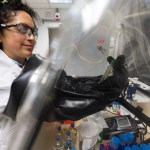
NASA Solicitation and Proposal Integrated Review and Evaluation System
Supporting research in science and technology is an important part of NASA's overall mission. NASA solicits this research through the release of various announcements in a wide range of disciplines. NASA uses a peer review process to evaluate and select proposals submitted in response to these announcements. Researchers can help NASA achieve national science and technology objectives by submitting proposals and conducting awarded projects.



























